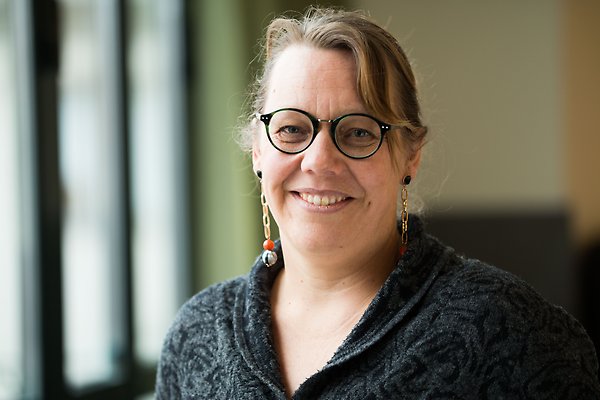Professor Anna Rosling:
“Major initiatives thanks to donations”

“These donations enable us to take major, long-term research initiatives. They make it possible for us to take on Linnaeus’s project of describing all living things,” says Anna Rosling, Head of the Department of Ecology and Genetics
In Spring 2022, entrepreneur and noted property owner Sverker Lerheden resolved to donate SEK 100 million to promote basic research in ecology and genetics.
Grants will be awarded annually via the foundation Birgitta Sintrings stipendiefond to “specially selected, top performing researchers” attached to the Department of Ecology and Genetics at Uppsala University.
“This really is an absolutely amazing donation for grants to early-career researchers and it’s going to mean a lot to us at the department. The fact that it’s going to basic research, which is vital to address on a broad front, is very pleasing, since you never know what’s ultimately going to lead to the big advances. State grants often have a specific focus, but this will provide resources for young scientists’ basic research,” says Anna Rosling, Head of the Department of Ecology and Genetics and chair of the foundation.
Sverker Lerheden has made significant donations to research in areas ranging from mathematics, ecology and genetics to music and art, at several Swedish higher education institutions.
When presenting the donation to Uppsala University in April 2022, he explained:
“With this donation, I want to honour my wife Birgitta Sintring and, I hope, help Uppsala University to remain one of the hundred best universities in the world. The seminal figure of the University is Carl Linnaeus, which makes it a natural choice to devote the donation to young scientists engaged in basic research in sustainability at Linnaeus’s own faculty. My wish is for my initiative to inspire wealthy associates in the business sector to provide generous support for basic research at Swedish universities.”
Besides the investment in outstanding young scientists, the foundation has donated additional funds for establishing a competence centre for visualisation of hidden diversity at the Evolutionary Biology Centre (EBC). Among other purposes, the donation has paid for an advanced microscope that makes it possible to study and describe hitherto unknown microorganisms directly in complex samples in 3D.
Several research groups at Uppsala University are well to the fore in exploring and mapping biological diversity in complex samples. They mainly study fungi, unicellular parasites, algae and other single-celled eukaryotic organisms, i.e. organisms with a cell nucleus.
“We want to work on hidden diversity because we only know about a small proportion of all species. Among fungi, which my group studies, only between one and five per cent of all species have been described,” Rosling says. “Many of the most common species are still unnamed and we only know about them via their DNA sequences. We can’t describe them if we can’t see them. We need an image or a cultivation, and only then can we give them a name. The donation makes it possible for us to take on Linnaeus’s project of describing all living things!”
